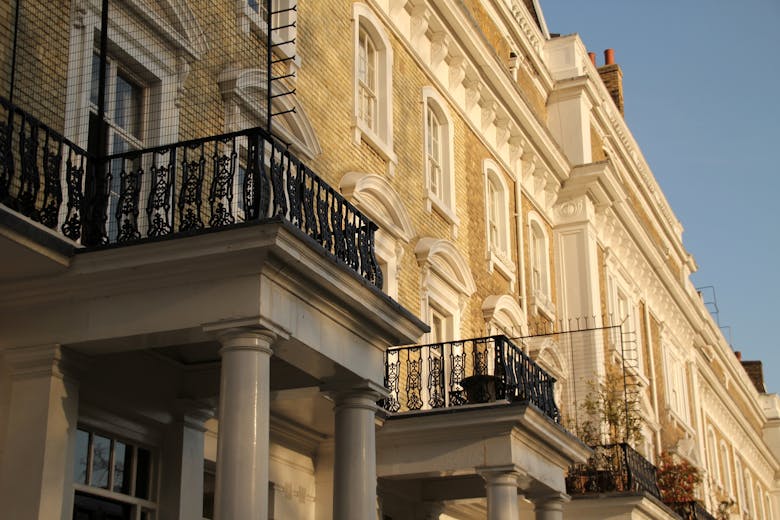Since early this year, we have had clients from the US, Asia, and the Middle East flying in wanting to close deals very quickly as they believed the market and currency had pretty much bottomed out. In some cases, we’ve exchanged within the week, having taken our clients out on whirlwind property tours, negotiated firmly on their behalf, and overseen the purchase to a smooth and speedy exchange.
Many of these clients have chosen to make, or are in the process of making, substantial buy-to-let investments. These clients are taking a new approach to buy-to-let investment. They are coming to buy-to-let with a long hold in mind, intent on capitalising on lower prices and a weaker Sterling, while showing less interest in yield, apart from covering the basic costs of holding the property such as agents’ fees, maintenance and service charge payments. Yields are usually low in Prime Central London anyway, because PCL has some of the most expensive property in the world. Indeed, in many central London locations, yields are lower than corporate investors consider viable. For example, Westminster overall offers 2.1% and Mayfair itself as little as 1.5% in some streets.
These clients are almost exclusively focused on the best streets in Prime Central London
While this long-hold investment strategy is a sign of overseas clients’ confidence in the Big Smoke, it’s also a reflection of the mouth-watering discounts that dollar-based investors are getting in the UK. PCL property prices have dropped about 20% since the recent market high five years ago. Sterling has also been rather gently falling over the past three years and is now down about 20% against the dollar. This means dollar-based investors are reaping discounts of around 40% off the recent market highs in 2014.
 These clients are almost exclusively focused on the best streets in Prime Central London. Location, location, location. We always recommend the best prime locations to clients, but especially to those investors looking for a long hold buy-to-let. Our clients’ preference is reflected in the broader numbers, as recent data from LonRes shows the number of third quarter transactions in Super-Prime London is up 14% over last year. Many of these transactions will be buy-to-let investors taking this new, long-hold approach.
These clients are almost exclusively focused on the best streets in Prime Central London. Location, location, location. We always recommend the best prime locations to clients, but especially to those investors looking for a long hold buy-to-let. Our clients’ preference is reflected in the broader numbers, as recent data from LonRes shows the number of third quarter transactions in Super-Prime London is up 14% over last year. Many of these transactions will be buy-to-let investors taking this new, long-hold approach.
More than half our clients in 2019 have hailed from overseas, and we’re not unusual. Overall, in the first six months of 2019, 58% of PCL residential buyers were based overseas. Overseas investors have not lost confidence in London or in PCL residential property. They approach our ‘political crisis’ with a different perspective. Our clients based overseas have continually reminded us that what is happening politically in the UK is minimal compared to the political and financial instability they are sometimes facing at home. They’ve also reminded us of the foundations that have made London so attractive to foreign investors: a transparent ownership structure and a trustworthy legal system, as well as an excellent education and health care system, relatively low levels of crime, broad and various cultural offerings – in short almost everything except good beach weather. There are good reasons why PCL residential property has been the best-performing asset class in the world over the past 25 years.
Savills earlier this month called the bottom of the market, and the general opinion, based on recent data released by the Land Registry, is that the analysts at Savills are on the button or close to it. Given that stock levels are extremely low and searches can take some months, it is possibly already too late to buy at the bottom of the market. It appears our overseas investors may have been right to hurry.












